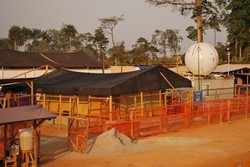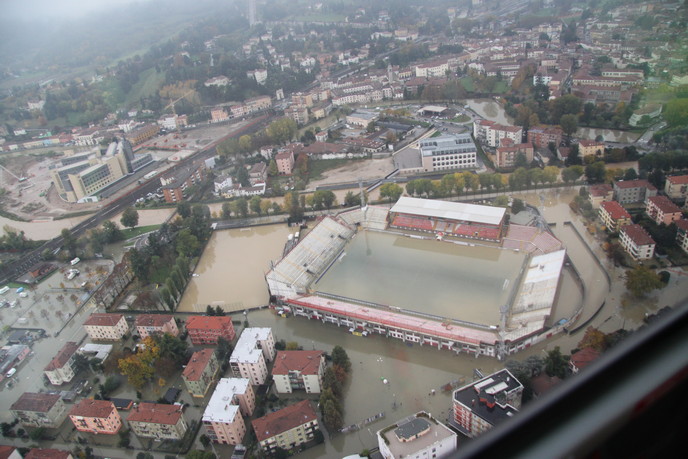Towards a mobile forensics laboratory
Future chemical, biological, radiological and nuclear (CBRN) incidents will require rapid on-site forensic identification of the agents used. Thus, the EU has encouraged discussion about some form of mobile CBRN diagnostic facility. The EU-funded MIRACLE (Mobile laboratory capacity for the rapid assessment of CBRN threats located within and outside the EU) project aimed to define the concept. The group also worked to recommend suitable structures as well as functions and operation for the proposed laboratory. First of the project's three parts was concept exploration and definition. The team established a glossary of terms and analysed various possible mission scenarios. A subset of 10 selected scenarios included various CBRN agents, cross-border deployment inside and outside the EU, and intentional and unintentional incidents. Researchers queried 162 senior defence and security officials; the expert group detailed laboratory requirements, current EU capacities and shortfalls, plus potential solutions. Next, the consortium identified responses to the defined research gaps and technological challenges. Among the extensive suggestions were new systems for detection and identification of trace CBRN substances. Recommendations also include a list of certain improvements to existing systems, such as greater portability, comprehensive detection capability and improved speed. Additional ideas addressed staff training. The final phase involved concept harmonisation, meaning adoption of best operational practices without the imposition of rigid standards. The team produced a list of operational functions, enabling comparison and analysis from various perspectives. Experts recommended alignment of the operational functions to permit comparison of all forensic needs and tasks. The stage represents selection of the best operational structure and optimisation of procedures. Additional recommendations for a future system include modularity, whereby the laboratory can interface with various national and international units. The group also suggested initial rapid deployment of light units, to be followed by slower units if necessary. Another recommendation is that the EU develop a network of training centres before a real crisis, and coordinate a network of deployable modules. The MIRACLE project's discussions established the operational principles and guiding concepts for a new European rapid, on-site forensic CBRN capacity. Once realised, the initiative will mean faster and more effective emergency response.







